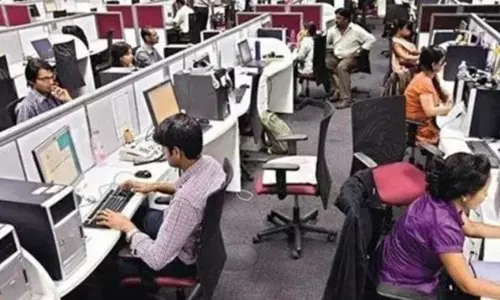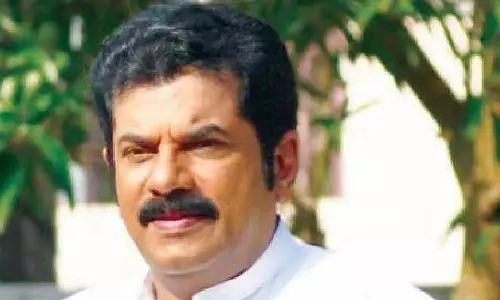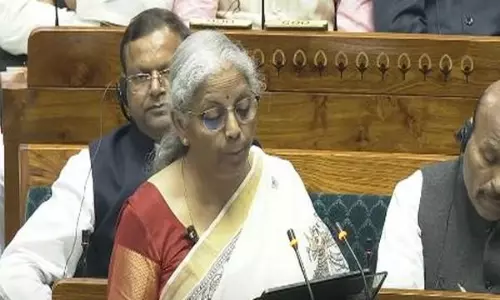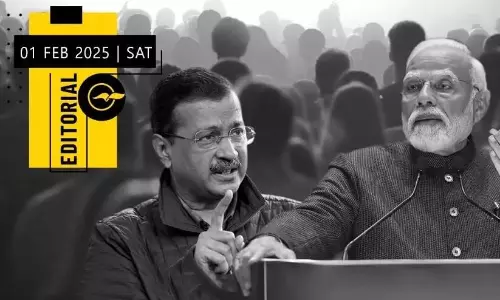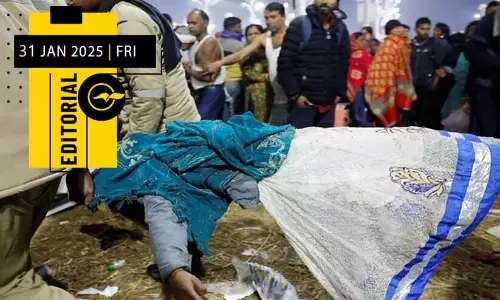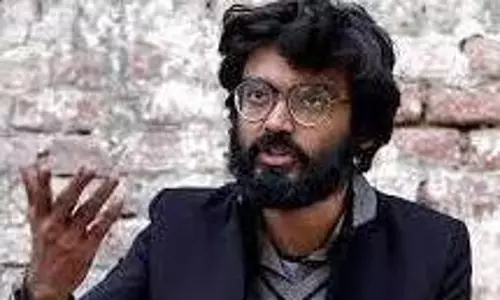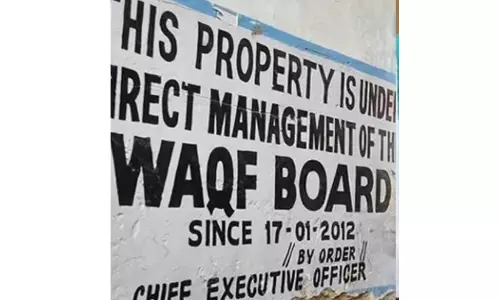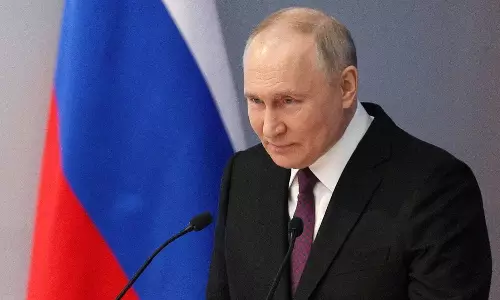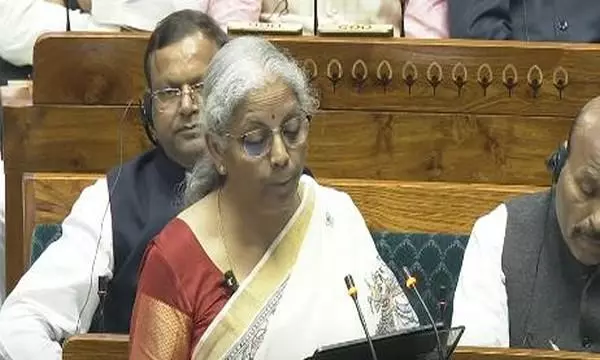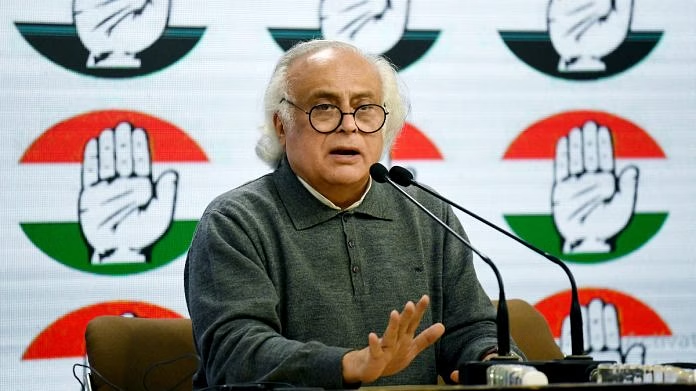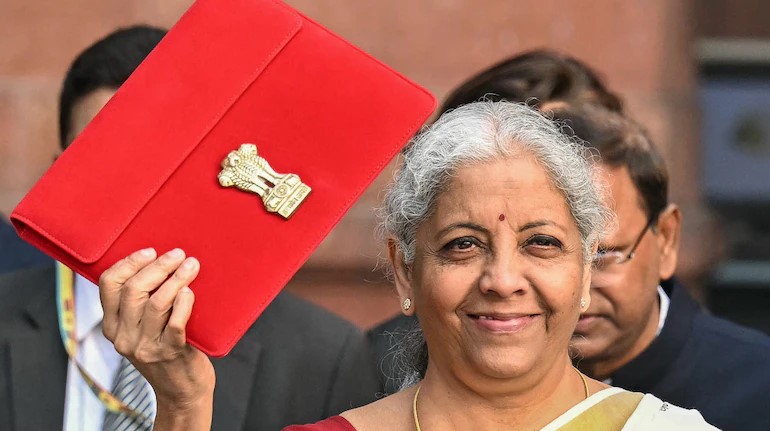
The gimmick with budget heads
text_fieldsThis time on the budget day, it was not the same Finance Minister who was seen during the last seven budgets. The 'Aam Aadmi' and farmers, who had not been on the Modi government's agenda until now, have become the main focus. In this change, the middle class in India has also hit a jackpot. The Finance Minister has shown that she can play for galleries with the climactic announcement that annual income up to Rs 12.75 lakh will be exempted from income tax. However, the major financial problems facing the state are being skillfully hidden behind this smokescreen. There are many reasons why the Aam Aadmi or the common man is making an entry into the attention of the NDA government. The results of the last general elections have made it clear that the Ram temple and Hindutva agenda alone will not ensure electoral winfor the front. The crucial Delhi elections are just around the corner. Bihar, one of India's heartlands, will be in for electoral turmoil in six months. On top of all this, Trump has come to power again in the US, one of India's major trading partners. It is against the backdrop of these developments that Nirmala Sitharaman is presenting the Union Budget. Their impact is evident in the budget announcements too.
The Finance Minister also confirmed what the future ‘headlines’ will be with the announcement that annual income of Rs 12.75 lakh will be exempted from income tax. The Finance Minister also fixed the topic of 'Aam Aadmi' including in the Delhi elections. In addition, it was also announced that a new bill to amend the Income Tax Act will be introduced in Parliament next week. The Finance Minister also took into account the farmers' protests that have erupted in the heartland of India, which has shaken the country. The prime consideration in the budget is for the agricultural sector. The scheme, which will be implemented in 100 agriculturally backward districts of the country, will benefit 7.11 crore farmers. In addition, a scheme to achieve self-sufficiency in crop production and schemes for the aquaculture sector have also been announced in the budget. Another announcement was that the loan limit for Kisan Credit Card holders has been increased from Rs 3 lakh to Rs 5 lakh.
There are announcements for the MSME sector, including an increase in the loan limit for 5.7 crore small businesses, a new fund of 10,000 crore for startups, and the launch of credit cards with a limit of up to five lakh rupees for micro-enterprises. The tourism sector includes a plan to develop 50 tourism centres and a medical tourism development plan. Plans have also been set for sectors such as exports, mining, shipbuilding, and aviation. The industry will also welcome the initiation of measures to address the regulatory frameworks that pose numerous problems to the industry. For this, a special committee has been announced in the budget. Steps have also been initiated in the budget to completely resolve the import tariffs. Although the announcement is aimed at making raw materials and other products more attractive to industries under the 'Make in India' initiative, criticism has already been raised that the decision comes in the wake of US President Donald Trump's threats against countries including India.
What was forgotten when the budget was presented with so many concessions and announcements was another goal of the budget, namely a developed India or viksit Bharat. The path to the goal of a developed India is to increase the annual economic growth rate to at least eight percent. This target has been forgotten behind the dust and smoke of the spate of concessions. The Economic Survey released by the Central government just before the budget carries some worrying figures. India's economic growth was only 6.4 percent in the current financial year. This year, it will decrease to 6.3 percent. If economic growth is to reach 8 percent, a concerted effort will be required. The fact is that no such effort has been made in this budget.
Capital investment by the central government is crucial in ensuring economic growth in India. In the financial year 2024-25, Rs 11.1 lakh crore was allocated for capital expenditure. This has been reduced to Rs 10.2 lakh crore in the revised budget. In the financial year 2025-26, Rs 11.2 lakh crore has been allocated under this head. This is when it was expected that at least Rs 15 lakh crore would be allocated for economic growth of eight percent. Income tax concessions will result in a shortfall of Rs 1 lakh crore in the government's revenue. There is concern that this will also have an impact on capital investment in the coming months.
Although the Finance Minister has announced several concessions and benefits in the agricultural and industrial sectors, the fact is that the Minister has done nothing to increase credit availability in these sectors. Since there is no action to reduce inflation, the hope of reducing interest rates is also fading. These core issues are going unnoticed under the smokescreen of income tax concessions. Complaints are also being raised that many states, including Kerala, have not even been considered in the budget. Even the Wayanad package, which is Kerala's main demand, has not figured in the budget. States, including Kerala, will receive the benefits of the projects that have been announced in general. However, past experience tell us that the state is likely to be left behind when it comes to sanctioning of projects.




